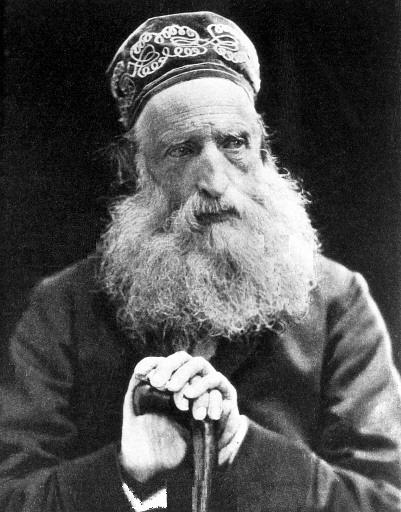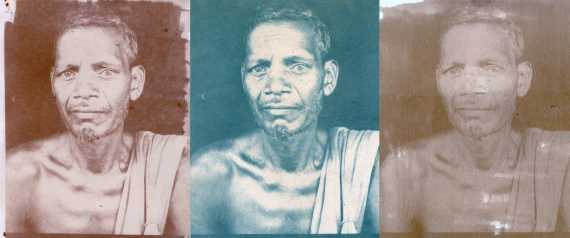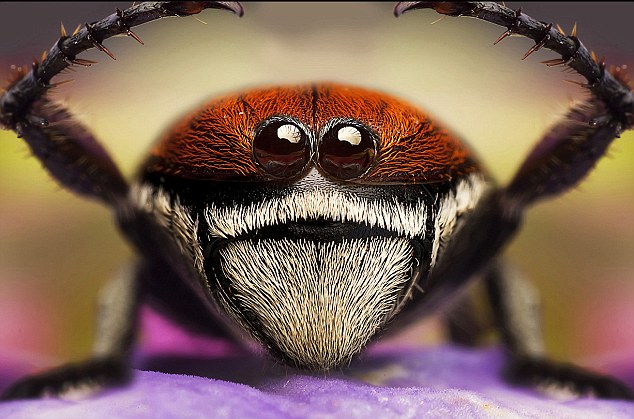20th November is the birth anniversary of a very important yet hardly known figure in the history of photography. The Scottish inventor Mungo Ponton.
Most of the photographic processes before the digital era could be traced back in some form to the efforts of the two formidable Englishmen Henry Fox Talbot and John Herschel, names well known in alternative photography and photohistory. Yet, there have been numerous other contributors to this fascinating field of drawing with light, that deserve their due place and respect. One such name is Mungo Ponton.
A farmer’s son, born and raised in Edinburgh, Mungo became a Fellow of the Royal Society of Edinburgh at the age of 34. In 1838, the Society of Arts for Scotland awarded Mungo the silver medal for his contributions to the development of the electrical telegraph. From the Wiki entry on Mungo Ponton:
In 1839, while experimenting with early photographic processes developed that year by William Henry Fox Talbot, Mungo discovered the light-sensitive quality of sodium dichromate. He presented his findings to the Society of Arts for Scotland on 29 May. Mungo did not attempt to patent the photographic process and published his findings in the Edinburgh New Philosophical Journal. Others experimented with his discovery including Talbot, Edmund Becquerel, Alphonse Poitevin, and John Pouncey, all of whom patented their photographic techniques.
Mungo continued to work on photography and in 1845 the Society again awarded him a silver medal for his process for measuring the hourly variation in temperature of photographic paper. That year he also developed a variation on the calotype process to allow for shorter exposure times.
The discovery of the lightsensitivity of dichromates lead to further experimentation by Talbot, Pointvin and Pouncey culminating in a plethora of new photographic processes such as gum bichromate, photograveure and the carbon print.
Many of these names will be known to at least the people working in alternative photography – Edmund Becquerel, for example, is known to everyone who makes (or attempts) Daguerreotypes without using mercury vapours. Others like Ponton and Poitevin receive a 500 word Wiki page for their efforts. Some, like Pouncey receive a footnote.
Not every inventor in the history of photography had the grand commecial aspirations of Lois Daguerre or the business acumen of Talbot and others, but that should not diminish their contributions to the everchanging everevolving artform. Daguerre and Talbot were like dazzling suns in the field of photography whose work will never be overshadowed. Yet the field of photography would not be what it is today without the small but significant contributions by the likes of Ponton. It is our duty and responsibility as keepers of light to remember them with the same humility and generosity with which they gave us their inventions. R.I.P. Mungo Ponton.



